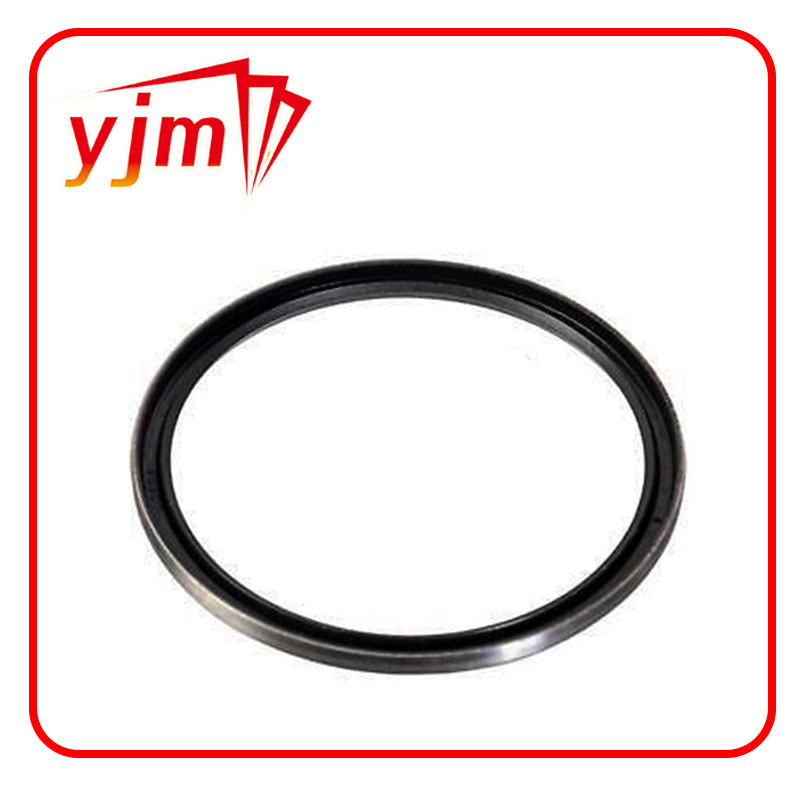distributor oil seal
Understanding Distributor Oil Seals An Essential Component for Automotive Performance
When it comes to maintaining optimal performance in vehicles, the distributor oil seal plays a critical role that often goes unnoticed. This small yet crucial component is found in engines, helping to seal the area where the distributor shaft enters the engine block. Its primary function is to prevent oil leaks and ensure that the engine operates efficiently. In this article, we will explore the importance of distributor oil seals, how they work, common issues, and tips for maintenance.
What is a Distributor Oil Seal?
A distributor oil seal, also known as a crankshaft seal or camshaft seal, is typically made from durable rubber or polymer materials. Its design consists of a circular shape with a lip that fits snugly around the shaft. This design allows the seal to create a tight barrier that prevents oil from leaking out of the engine and contaminants from entering.
In engines where distributors are used, the distributor oil seal is essential to maintain internal lubrication. It ensures that the oil remains contained within the engine components, thus preventing the potential for significant damage due to leaks. Vehicles equipped with modern ignition systems may use coil packs instead of traditional distributors, but the presence of oil seals remains essential elsewhere in engine design.
How Does a Distributor Oil Seal Work?
The distributor oil seal functions by creating a tight fit around the rotating shaft. As the shaft spins, the lip of the seal makes contact with the surface, effectively preventing oil from escaping and contaminants from penetrating. This sealing capability is vital for maintaining adequate oil pressure within the engine, facilitating lubrication, and cooling of critical components.
The design of the oil seal allows it to withstand the high temperatures and pressures found within the engine. Its materials are specifically chosen for their resilience and durability, making them suitable for prolonged exposure to engine oils and heat.
Common Issues with Distributor Oil Seals
While distributor oil seals are engineered for longevity, they can still succumb to wear and tear over time. Common issues that can arise include
1. Wear and Tear The constant movement and exposure to high temperatures can cause the seal to degrade, leading to cracks or hardening. 2. Improper Installation If not installed correctly, the seal may not achieve a proper fit. This can lead to premature failure and oil leakage.
distributor oil seal

3. Engine Overheating Excessive heat can break down the materials in the seal, accelerating its deterioration.
4. Contaminants Dirt and debris can damage the seal’s surface, leading to leaks.
5. Age Like all rubber components, oil seals have a finite lifespan and should be inspected regularly as part of routine maintenance.
Maintenance Tips
To extend the life of a distributor oil seal and prevent issues, consider the following maintenance tips
- Regular Inspections Over time, check for signs of oil leaks around the seal area. Early detection can prevent more significant engine problems.
- Replace During Engine Work If you’re performing repairs on your engine, especially those involving the distributor, it’s wise to replace the oil seal even if it appears to be in good condition.
- Use Quality Parts Always opt for high-quality replacement oil seals designed specifically for your vehicle make and model.
- Prevent Overheating Ensure proper engine cooling to prevent excess heat, which can degrade seals faster than usual.
Conclusion
In conclusion, the distributor oil seal is a vital component in the engine's lubrication system, ensuring that oil stays where it belongs while keeping contaminants out. Regular maintenance and inspections can help avoid serious issues down the road, ensuring your vehicle runs smoothly for years to come. Understanding its function and being aware of the common issues can empower vehicle owners to take proactive steps, protecting their engines from the risks associated with oil leaks and enhancing overall automotive performance. Thus, while small, the distributor oil seal is undoubtedly a key player in the health of any vehicle's engine.
-
The Ultimate Guide to Car Repair Kits: Tools and Essentials Every Driver Should Own
News Aug.01,2025
-
The Complete Guide to Oil Pan Gaskets: Sealing Engine Leaks the Right Way
News Aug.01,2025
-
Preventing Oil Leaks: A Complete Guide to Oil Pan Gaskets and Drain Seals
News Aug.01,2025
-
Everything You Need to Know About Oil Pan Gaskets and Drain Plug Seals
News Aug.01,2025
-
Essential for Car Owners: How to Use a Car Repair Kit to Deal with Minor Breakdown
News Aug.01,2025
-
Comprehensive Guide to Engine Oil Sump Gaskets and Related Seals
News Aug.01,2025
-
The Ultimate Guide to Boat Propeller Bearings and Trailer Wheel Bearings
News Jul.31,2025
Products categories















